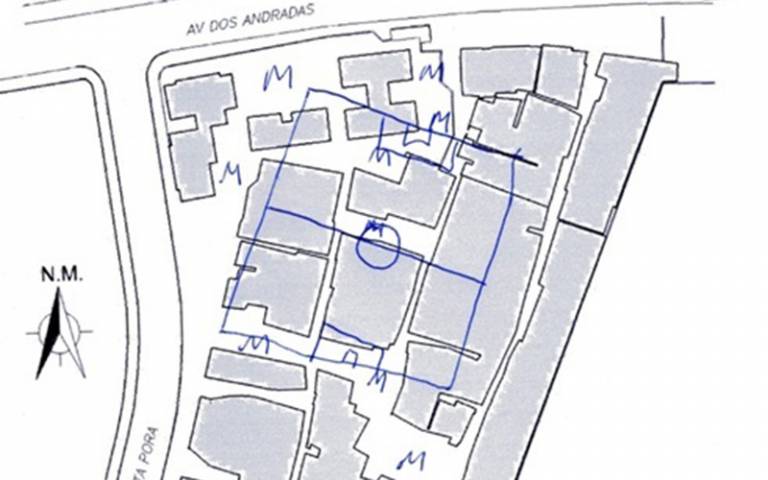DPU PhD candidate successfully defends thesis on the transitional functions of mapping
10 March 2020
During her recent PhD viva examination, Giovana Monteiro argued that the theory of participatory mapping tends to overlook the functioning of mapping as experience.

Her thesis explores the working with maps and the agency and effects of mapping. It inspects the basis upon which mapping can qualify as a critical spatial practice.
During her recent PhD viva examination, Giovana Monteiro argued that the theory of participatory mapping tends to overlook the functioning of mapping as experience. Her thesis explores the working with maps and the agency and effects of mapping. It inspects the basis upon which mapping can qualify as a critical spatial practice.
This account is crucial since maps and mapping can assign the power they are assumed to have. It means to ask, from the standpoint of a transdisciplinary perspective informed by the theory and practice of psychoanalysis: what are the functions of mapping and the work of, and with, maps?
Drawing on Winnicott’s theories of transitional objects and processes to make sense of these functions, she devises categories through which to approach maps, mapping and their effects. A better knowledge of these enables researchers, educators, and academics to grasp the complexities and potentials of mapping as a method for participatory initiatives. From a practice of mapping in which the dwellers of an informal urban settlement became mapmakers, she glimpsed the functioning of mapping as chinks through which to re-cognise space-related circumstances and as catalysts that might help the dwellers to transform their realities.
Her thesis shows mapping being used as a practice of space and as a dialogical participatory method. In her research, she applied three methods: i) semi-structured mapping interviews in which the respondent interacts with a paper basemap; ii) transect walks; iii) participatory photography. These methods form a descriptive, experimental, qualitative research focused on the discovery and observation of phenomena.
The significance of her study is that it improves the theoretical and empirical grasp of how maps and mapping function. It shows that they can channel the mapmakers’ representations in space, catalysing, along the process, the recognition of their objective and subjective circumstances. The categories her thesis outlines for the transitional functions of mapping help forward future applications in which the use of maps and the act of mapping can contribute to the mapmakers’ transformation of their realities.
Photo caption: Map indicating the football pitch that existed before the flood of 01/01/1982 (some information was suppressed for reasons of anonymity)
Source: base map produced by Giovana Monteiro with information added by the respondent, 2016.
 Close
Close

